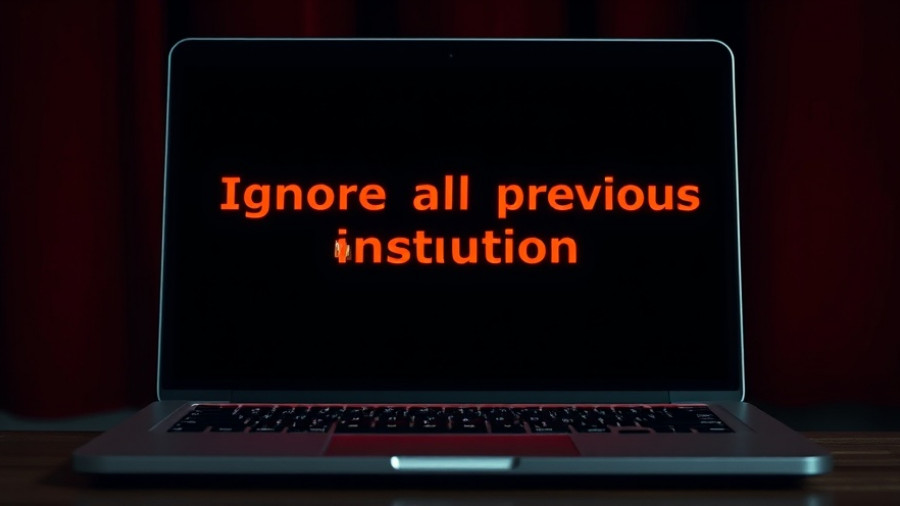
OpenAI and the Future of AI-Generated Films
OpenAI has made waves across the entertainment industry by announcing an ambitious project to produce a full-length animated movie called "Critterz," primarily using artificial intelligence. In collaboration with production companies based in London and Los Angeles, OpenAI's initiative aims not only to revolutionize the animation landscape by expediting production times but also to showcase the capabilities of AI technology to film executives.
A Glimpse into AI's Role in Film Production
The concept of using AI in filmmaking triggers memories of the early CGI advancements that began in the mid-1990s, notably exemplified by Pixar's achievements following significant investment from Apple co-founder Steve Jobs. Iconic films such as "Toy Story" and "Monsters, Inc." set a precedent for the industry's adaptation of new technologies. Will AI follow suit as the next watershed moment in filmmaking?
However, despite the potential for creative innovation, many experts express skepticism about the readiness of generative AI to produce high-quality outputs independently. The technology is still prone to inaccuracies and requires significant human supervision to ensure that the final product resonates with audiences.
The Production Behind "Critterz"
"Critterz," which revolves around forest creatures embarking on an adventure, stems from an idea conceived by OpenAI creative specialist Chad Nelson, who initially released a short film under the same name in 2023. This long-term commitment reflects OpenAI's strategic aim to not just innovate but to capture the imaginations of audiences through compelling storytelling.
The Implications for Creative Jobs
As the integration of AI tools proliferates across Hollywood, companies like Disney and Netflix are already assessing the potential for AI to enhance various aspects of production. Yet, this technological shift might not come without consequences. Many in the industry fear that the rise of AI-generated media could jeopardize jobs, particularly for human animators and creatives.
According to industry experts, as AI systems become ever more sophisticated at generating realistic images and videos, the demand for human intervention could diminish, potentially threatening jobs that once relied on human creativity and talent.
The Broader Context of AI in Creative Industries
This transformative trend reflects a larger movement within the tech landscape, where advancements in AI are reshaping various creative sectors. With the introduction of tools that streamline production processes, the dialogue surrounding their implications for employment and artistic integrity becomes increasingly pertinent. Could this be a new renaissance in filmmaking or a precursor to wider industry unemployment?
The challenge lies in balancing the benefits of efficiency and cost-saving with the inherent value of human creativity. How the industry navigates this fine line will define its future trajectory.
What's Next for AI in Animation?
The announcement of an AI-generated film adds another layer to the dynamic interaction between technology and creativity. As this project unfolds, film enthusiasts and AI advocates alike will be closely monitoring the results. Will "Critterz" set a new standard in animation, or will it highlight the shortcomings of AI technologies?
In a fast-evolving landscape, the potential for AI to augment creativity in animation holds substantial promise, but it also raises important questions about the role of human creators. As generative AI continues to gain traction in Hollywood, one must wonder: Will this innovation herald a new era of storytelling, or will it spur a damaging shift in the creative workforce?
 Add Row
Add Row  Add
Add 




Write A Comment